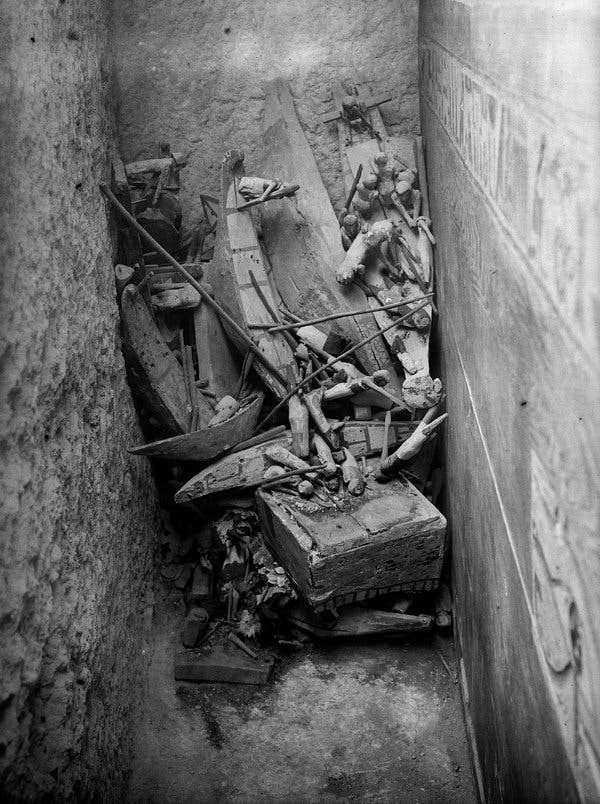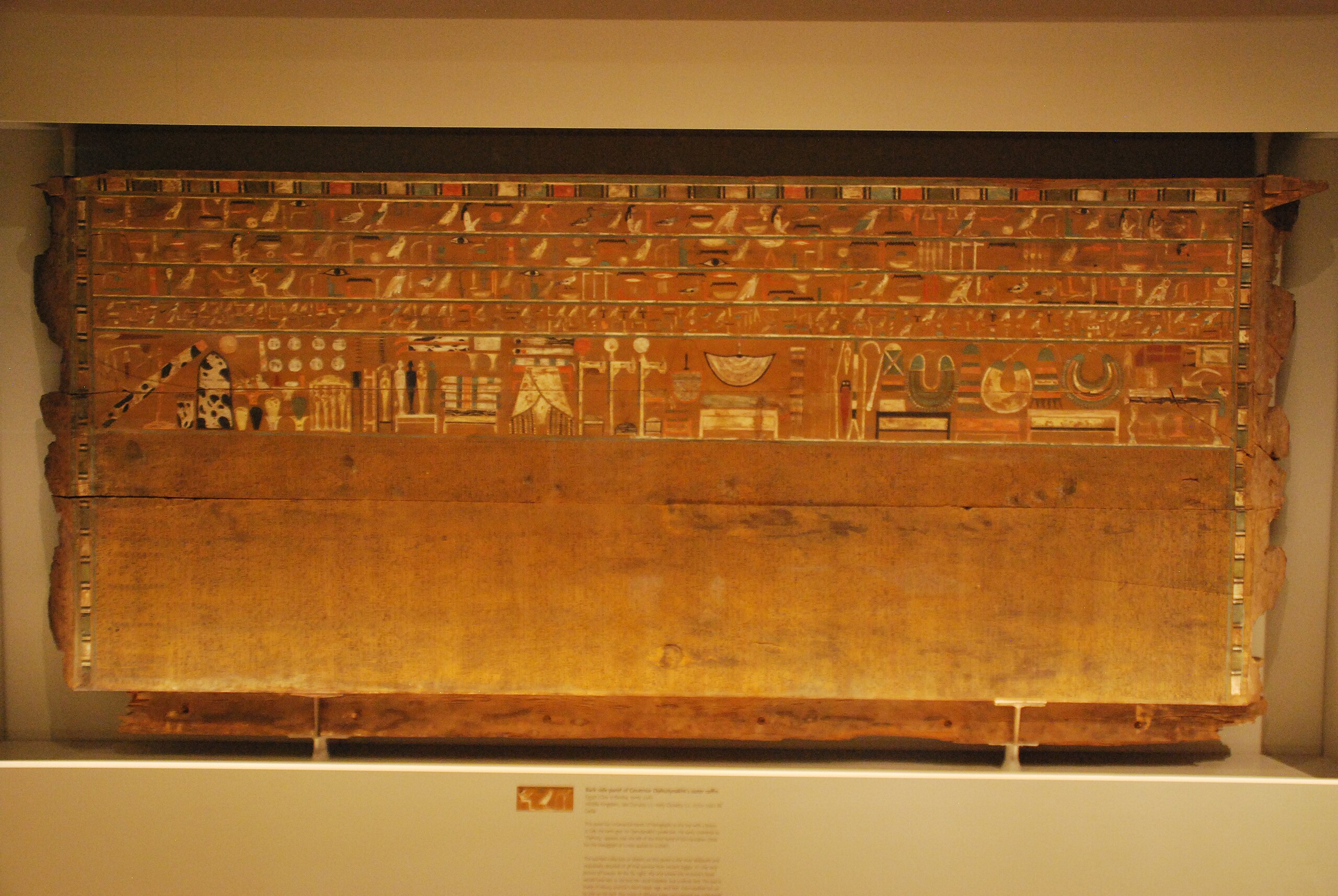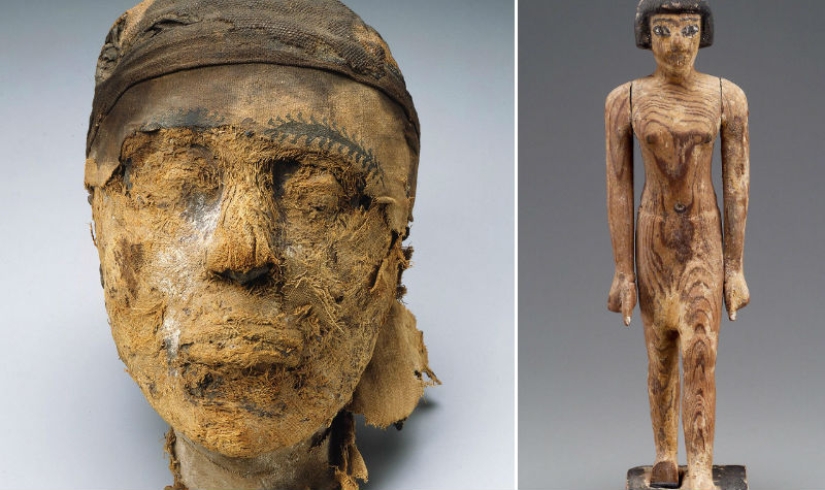In 1915, a team of American archaeologists made a startling discovery: a concealed tomb buried 30 feet beneath the limestone bedrock at an ancient Egyptian burial site. Within the cramped limestone chamber, they encountered a grisly scene: the decapitated head of a mummy positioned atop a cedarwood coffin. Among the artifacts recovered from this tomb, labeled as 10A, was a mummified head. The mystery remains: to whom did this head once belong?
The first clues to the discovery

The mystery of the tomb and the Bersha coffin
The Bersha coffin

Among the treasures unearthed within Tomb 10A, the Bersha coffin stands out as a remarkable find. Regarded as the finest Middle Kingdom coffin discovered thus far, it is hailed as a masterpiece of panel painting. The interior of the coffin boasts exquisitely detailed artwork, characterized by thick, vividly colored paint. According to the Museum of Fine Arts, the artist’s meticulous brushwork and skillful use of shading achieved a level of realism seldom seen in Egyptian art, elevating the coffin to a status of unparalleled artistic excellence.
The mystery of the tomb

The tomb served as the eternal abode of a prominent local governor in early Middle Kingdom Egypt named Djehutynakht and his wife, who shared the same name. Unfortunately, by the time archaeologists stumbled upon the tomb, it had fallen victim to looters, who pillaged its treasures. Among the artifacts left behind was the bandage-wrapped head, left atop one of the coffins, serving as a haunting reminder of the tomb’s desecration.
Djehutynakht and his wife, Lady Djehutynakht, are believed to have lived during Egypt’s Middle Kingdom around 2000 BC. They held sway over a province in Upper Egypt. While the walls of their tomb were devoid of decoration, the coffins themselves were adorned with exquisite hieroglyphics depicting scenes of the afterlife, reflecting the couple’s beliefs and aspirations for eternity.
The FBI gradually decoded the mystery

According to The New York Times, the museum sought assistance from the FBI forensic unit to aid in unraveling the mystery. Their objective was to extract genetic material from the 4,000-year-old mummy, a task that had proven challenging due to the harsh environmental conditions that degrade DNA over centuries, particularly in a hot climate. Previous attempts to extract DNA had been unsuccessful, prompting the museum to turn to forensic experts for specialized assistance.

The mystery was illuminated
Loreille discovered that the severed head of the mummified corpse actually belonged to the governor Djehutynakht, not his wife. In doing so, she helped demonstrate that DNA from ancient Egyptians could be extracted from mummies.

Indeed, the FBI’s involvement not only led to the resolution of a 4,000-year-old mystery but also demonstrated the feasibility of extracting DNA from ancient mummies. This groundbreaking achievement laid the foundation for numerous future investigations, opening up new avenues for researchers to explore the genetic secrets of ancient civilizations and unraveling mysteries buried deep in history.
